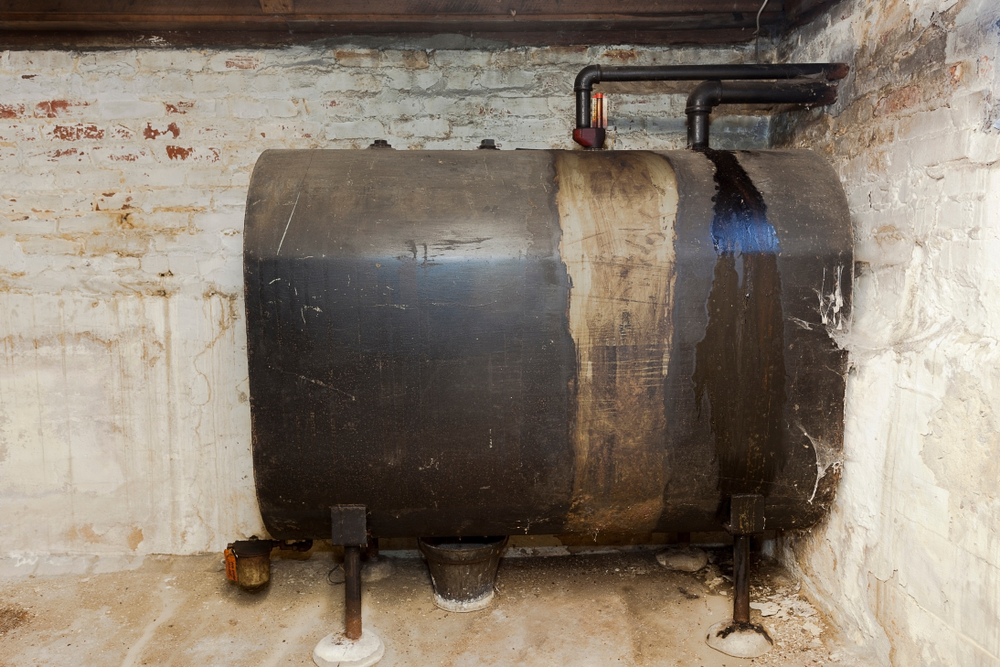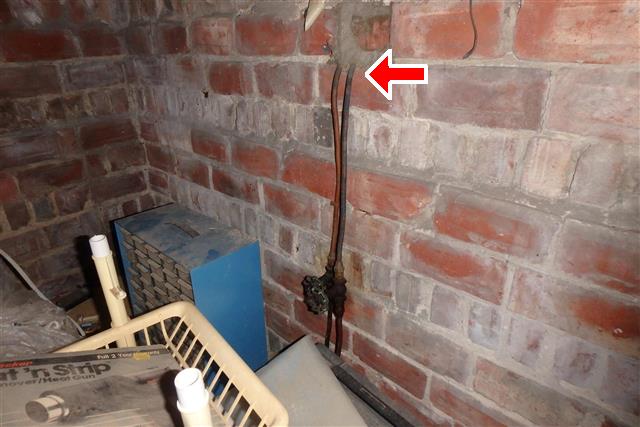
New Home Inspectors is ready to dive into an important piece of underground knowledge. This time, we’re talking about underground oil tanks.
Depending on the age of your property, you may very well have an old and perhaps even leaking oil tank beneath your feet. Knowing that this could be a potential problem is key to ensuring proper and safe maintenance of your home.
In this blog post, we’ll talk more about oil tanks and why it’s so important for homeowners to understand the risk posed by them.
How Home Inspectors Find an Old Oil Tank
For many Long Island homeowners, they may have no idea there is an underground oil tank on their property. Moreover, if they do know it is there, they will often assume it is empty. However, this is most likely not the case. That’s why it is so important for New Home Inspectors to find tanks on every property we inspect.
In order to find the tank, we will look for common signs that one is present. For instance, there may be a “fill pipe” that is visible above ground. This is a pipe that was used to fill the tank with oil. Additionally, we will look for oil burner switches.

Inspector’s Notes: The inspector noticed signs of a buried oil tank and recommends obtaining a abandonment certificate
What to Do if an Oil Tank is Found on the Property
First, you will want to determine if it is active or decommissioned. If the tank is active, it will need to be tested for leaks or other issues. If a leak is discovered, then an oil company must be called in to address any potential contamination. The homeowner will be responsible for cleanup costs. Hence, another reason why a home buyer should never skip the home inspection.
If decommissioned, then the homeowner should supply evidence of such. As the home buyer, it is vital to have a certificate of abandonment.
5 Tasks to Decommission an Oil Tank
All abandoned oil tanks are required to be decommissioned by a licensed contractor. There are 5 major tasks performed in order to do so.
- Disconnect tank piping from the new heating system
- Fill pipe removed or cut below grade and sealed with concrete
- Clean the oil tank of any residue
- Fill the tank with sand or foam
- Test the tank for leaks and get a Tank Abandonment Certificate
Unfortunately, many sellers will not have the proper certificate. This means that a leak test was not performed. Many homeowners feel that it is “out of sight, out of mind.” However, an improperly decommissioned oil tank poses a threat to the environment, to your wallet, and even the ability to sell the property.
Buying a Home? What to Know About Abandoned Oil Tanks.
Oil tanks are abandoned for a variety of reasons. The most common on Long Island is due to a switch to a more efficient heating system. Furthermore, the tanks may be forgotten about over time due to lack of maintenance or neglect. Regardless of the reason, it is important to check for and address any abandoned oil tanks before buying a home.
It is essential that home buyers schedule their home inspection as soon as their offer is accepted. This is especially important purchasing homes built prior to 1975. Among other things, oil tank handling was very different to today. Discovery and proper handling of any existing underground oil tanks will help protect against any potential pollution or liability risks in the future.
Furthermore, the presence of an old oil tank buried on your property can affect your ability to get homeowners insurance. The associated costs of an oil leak can be astronomical. Therefore, insurance companies may be weary of insuring a home with an abandoned oil tank on the property.
Knowing what to look for and understanding your options can help reduce those risks!

